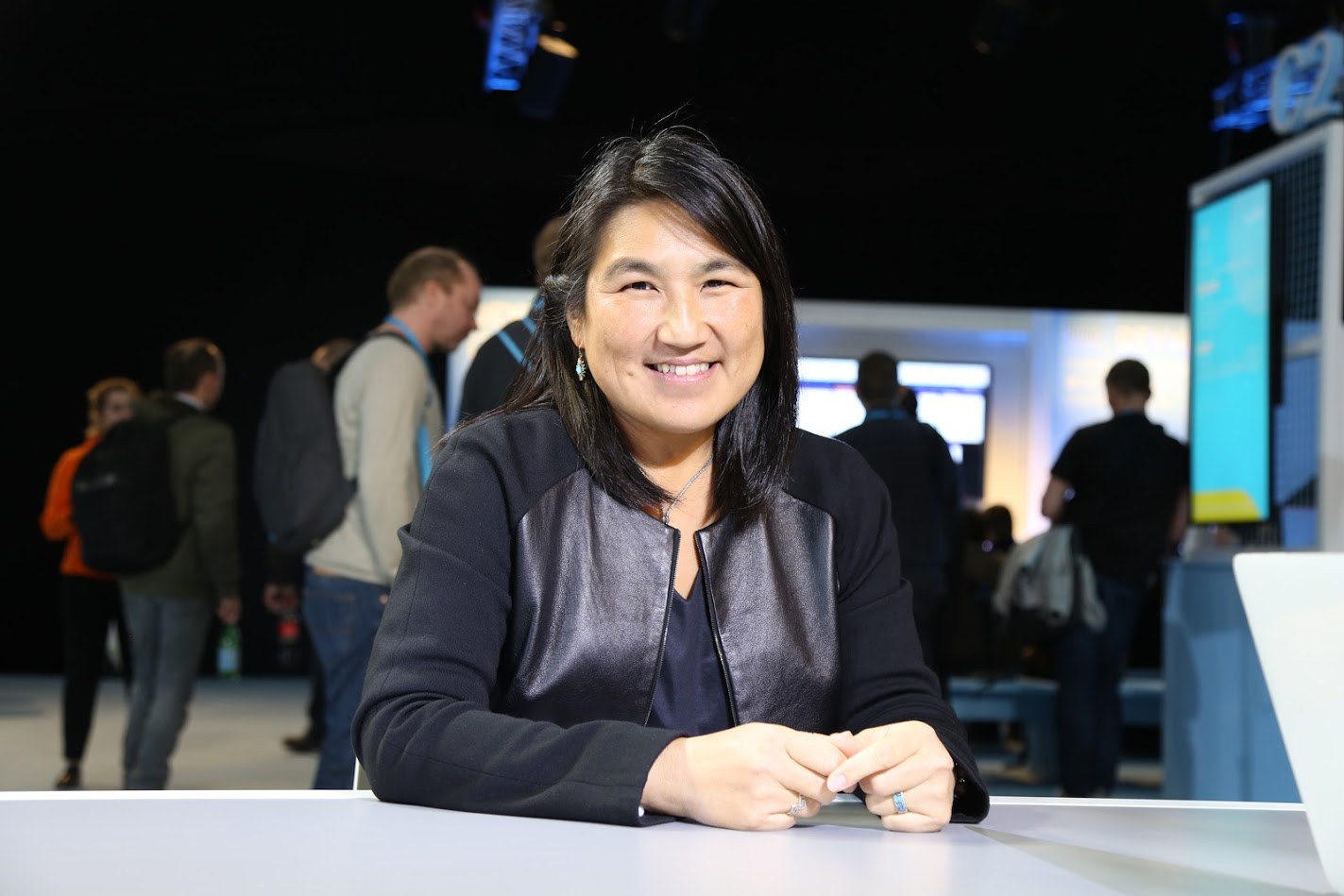 CLOUD
CLOUD
 CLOUD
CLOUD
 CLOUD
CLOUD
The tagline at Cisco Live’s DevNet Zone in Barcelona, Spain, last month was visibly posted throughout the venue. Attendees couldn’t miss encouragement to “Learn, Code, Inspire and Connect” as they received hands-on experience with application program interfaces in classes, demos, learning labs, workshops, panels and mini-hacks.
The zone was part of Cisco Systems Inc.’s evolving strategy to embrace an important change taking place inside the software engineering community. Developer operations, or DevOps, a mindset surrounding the development and operation of software, has morphed into “NetDevOps,” bringing the strategies and best practices of DevOps to the networking world.
Neatly outlined in a Cisco blog post last October, NetDevOps takes dead aim at the “Culture of Fear,” where the information technology network is so vital to the enterprise that changes are viewed as both problematic and potentially catastrophic. The NetDevOps movement is designed to make network change routine, expected and easier. But that takes work inside the developer and operations communities to gain acceptance and buy-in of the new paradigm.
“The thing that we have to remember is that there are mission-critical networks operating all around the world and people who are out there who deploy them and run them and manage them. You need to do more than just put out a new protocol or innovation. You need to bring the community along,” said Susie Wee (pictured), vice president and chief technology officer of DevNet at Cisco.
Wee visited the set of theCUBE, SiliconANGLE Media’s mobile livestreaming studio, during the Cisco Live event in Barcelona, Spain, and spoke with co-hosts John Furrier (@furrier) and Stu Miniman (@stu). They discussed the significance of built-in programmability, the influence of cloud computing in NetDevOps, how developers are writing new tools for microservices, and the need for an ecosystem that drives innovation. (* Disclosure below.)
This week theCUBE features Susie Wee as our Guest of the Week.
Cisco has been feeding the NetDevOps culture through its introduction of new products with built-in programmability. Cisco added new features to its Network Services Orchestrator platform over the past year to provide infrastructure programmability along with automation procedures.
This has enticed major companies, such as telecommunications giant Orange, to embrace NSO for more effective network services. Cisco has also added technology that simplifies provisioning and automation for its Catalyst line of switches. A report issued days ago indicated that Cisco has gained more than 1,100 customers for its Catalyst 9000 switching platform in just the past three months.
“Our new products are coming out which actually have built-in programmability,” said Wee, who described interest among DevNet zone participants during the Barcelona conference in automated functions. “They are all here to learn how to build-in automation. Once you have that programmability in automation, you can scale and work things out in really big ways.”
Another important driver behind NetDevOps is the cloud. With developers writing cloud applications that are widely distributed across the infrastructure, they have a front row seat to observe network impact.
The latest Cisco Global Cloud Index predicts that within three years, 94 percent of all workloads will run in a cloud environment. The company has been especially active over the past several months in the cloud arena. In January, Cisco launched a software container platform to simplify running apps in both on-premises and cloud environments.
“There’s so much excitement in applications, cloud and all of the developments there,” Wee said. “As someone writes a cloud app and it scales and deploys across different clusters, they are learning a lot about what’s going on.”
The intersection of network administrators and developers can also be seen in the growing field of microservices, network functions divided into smaller, more agile processes. Cisco has been collaborating with Google LLC on a microservices sandbox for the DevNet developer community. The sandbox, called Istio, facilitates the conversion of container microservices into applications without changing their code.
Along these lines, Cisco is also working with customers in the area of cloud-native video delivery. A single Cisco video product can contain up to 20 microservices, so video encoding technology separates functions, such as compression, into elements that can be selected as needed.
This flexibility allows customers to run microservice chains in multiple clouds and tap ad insertion for targeted areas, for example. “Our developers are now actually writing tools to make sure that as you’re optimizing your microservices, the placement of them, and you’re taking the network into account as well,” Wee explained.
A network engineer who recently joined Cisco’s DevNet team described in a blog post how he started following the DevOps community in 2015 and became hooked immediately. The notion that he could find new ways to stream workflows and improve his coding skills simply by reaching out to a community of engineers and developers changed the way he worked. This is a key element behind what Wee and her team are pursuing at Cisco.
“We created DevNet to not just focus on our internal development, but to provide and catalyze the industry to participate and really innovate and build software on top using all the new APIs,” Wee said. “There’s many reasons to have software, and one is to make sure the ecosystem is actually participating in the innovation.”
Watch the complete video interview below, and be sure to check out more of SiliconANGLE’s and theCUBE’s coverage of Cisco Live Barcelona 2018. (* Disclosure: Cisco Systems Inc. sponsored this segment of theCUBE. Neither Cisco Systems nor other sponsors have editorial control over content on theCUBE or SiliconANGLE.)
THANK YOU